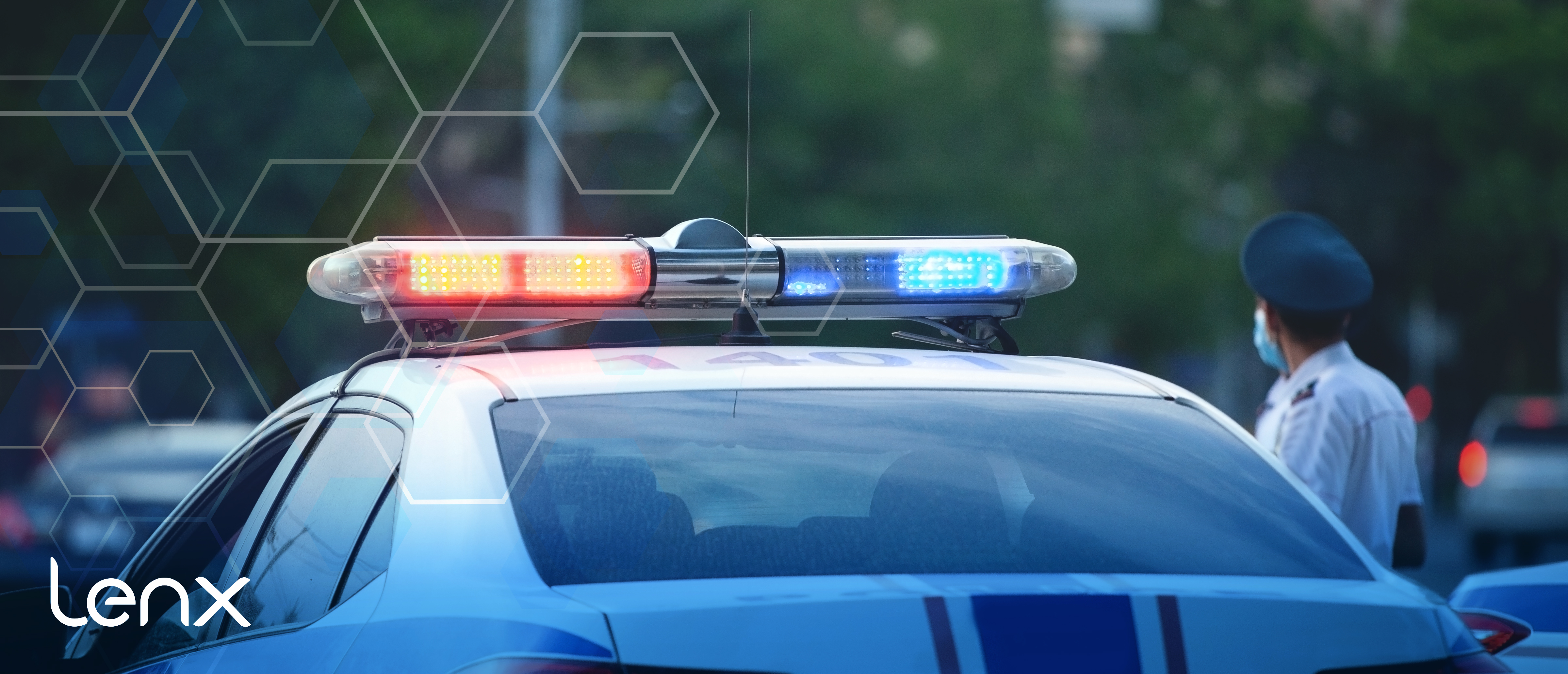
Making Police Drones More Effective With AI Security, Active Shooter Detection Systems
In the realm of law enforcement, technology is a game-changer. One such advancement is the use of police drones, which are revolutionizing the way we approach public safety.
These drones, when equipped with AI security, can perform tasks beyond human capabilities. They can swiftly detect active shooters, analyze crime scenes, and aid in search and rescue operations.
However, the integration of AI into police drones is not without challenges. It raises questions about privacy, legal considerations, and the need for robust training.
In this article, we delve into how AI security and active shooter detection systems are making police drones more effective. We'll explore the benefits, challenges, and the future of this technology in law enforcement.
The Rise of Police Drones in Law Enforcement
Police drones are becoming a common sight in many jurisdictions. They are increasingly used for surveillance, search and rescue, and crime scene analysis.
These unmanned aerial vehicles provide a bird's eye view of situations, enhancing officer safety. They can access areas that are difficult or dangerous for officers to reach.
The use of drones in law enforcement is not just about convenience. It's about leveraging technology to improve public safety and law enforcement efficiency.
However, the true potential of police drones is unlocked when they are integrated with advanced technologies like AI security.
Integrating AI Security into Police Drones
AI security enhances the capabilities of police drones. It enables advanced data analysis and decision-making, transforming drones into smart devices.
With AI, drones can operate autonomously. They can follow pre-programmed routes or adapt to new information, reducing the need for constant human control.
AI security also allows for real-time data streaming. This feature enhances situational awareness, providing command centers with live updates from the field.
The integration of AI into police drones is a game-changer. It's a step towards more efficient and effective law enforcement.
Active Shooter Detection: A Game-Changer for Public Safety
Active shooter detection systems in drones can quickly identify guns. They locate shooters in real-time, significantly reducing response times.
These systems can be linked to alarm systems. This automatic alert system informs law enforcement and civilians about potential threats.
The use of drones for threat detection increases officer safety. It provides aerial insights without exposing officers to direct threats.
Active shooter detection systems in drones are revolutionizing public safety. They are a testament to the power of technology in enhancing law enforcement capabilities.
AI Security Apps: Enhancing Drone Capabilities
AI security apps can be integrated into police drone systems. They provide mobile monitoring and control, enhancing drone capabilities.
These apps allow for real-time data streaming from drones to command centers. This enhances situational awareness and decision-making.
AI security apps are a crucial component of modern police drone systems. They bring advanced technology to the fingertips of law enforcement officers.
The Benefits of AI Gun Detection Technology
AI gun detection technology is a significant advancement in police drones. It uses machine learning to recognize firearms from different angles and distances.
This technology can differentiate between types of firearms. This aids in threat assessment and response planning.
Incorporating AI gun detection into police drones can increase officer safety. It provides aerial insights without direct exposure to potential threats.
Addressing Privacy and Legal Considerations
The use of police drones raises important privacy and legal considerations. These concerns must be addressed to ensure responsible use of the technology.
Regulations and policies are evolving to govern the deployment of AI-equipped police drones. These rules aim to protect individual privacy while enabling effective law enforcement.
Public transparency and accountability measures are crucial. They build trust in the use of police drones and ensure their ethical application.
The Future of Police Drones and AI Technology
The future of police drones is promising, with advancements in AI technology paving the way.
Training simulations using drone and AI technology can prepare officers for real-world scenarios. This will enhance their ability to respond effectively to threats.
The scalability of drone programs allows for expansion as technology and budgets permit. This flexibility makes drones a viable option for many law enforcement agencies.
However, the importance of cybersecurity cannot be overstated. Protecting drone data and AI systems from unauthorized access is paramount.

